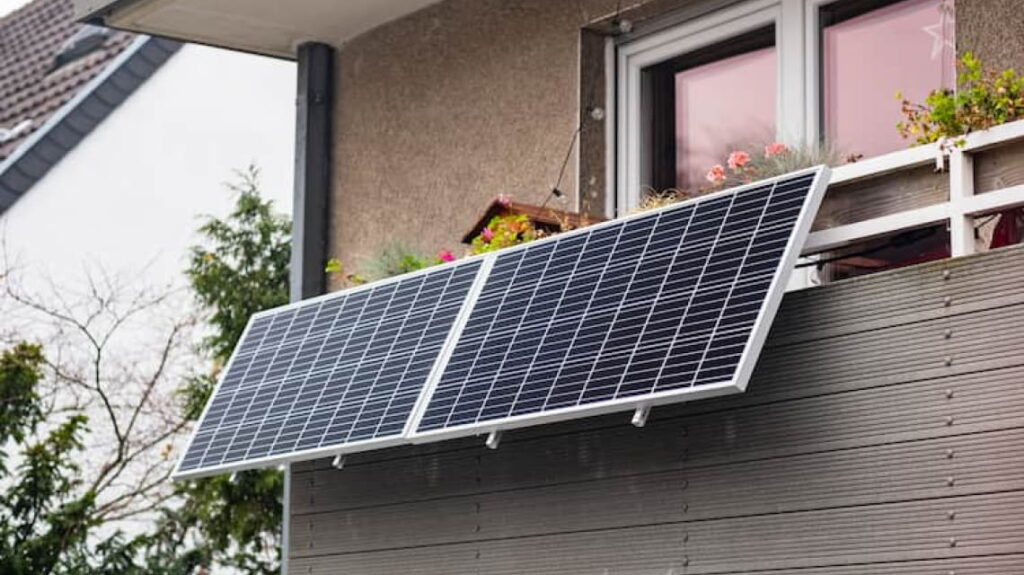Getting enough solar power to power your whole home can be an expensive project. It’s not unusual for homeowners to pay $20,000 or more to outfit their home with photovoltaik plug and play power. In general, people who invest in huge solar panel systems will take 20 years to see their investment repaid by their electricity savings. But there are many affordable solar power options that will offer a better value to homeowners. For a lot of money, you can power your entire house with solar power, but for just a little money, you can power part of your home. Here’s a look at a more affordable solar power options.
The Solar Panel: This is the heart of any solar power system. There are two ways to get affordable solar panels. If you are a little handy, you can make the solar panels yourself. This will require you to buy the photovoltaic solar cells themselves – you can get these from eBay and many other places around the web. You can buy damaged cells for less money, but these cells are not always guaranteed to work, and at the very least they will output less energy. A quick spin around eBay shows going prices for solar cells to be about $25 for a handful of cells, up to $200 for a complete group of cells plus wires. Even after you add in the cost of additional hardware (2 x 4s, Plexiglas, etc.), it is still cheaper to build your own solar panel than to buy one – by far.
If you decide to build your own solar panels, I would highly recommend you get a guide to help you. Two well-reputed solar DIY guides on the internet are Green DIY Energy and Home Made Energy. (Don’t be scared by their cruddy sales-style websites.) These do-it-yourself panels generate anywhere from 60 W – 120 W of energy. Total cost including hardware and materials should be less than $200. For the price, this is the very best deal around.
However, if you don’t want to take the time to buy a DIY guide and decide to save time and effort by buying a commercial-grade solar panel, it will cost you a lot more. The price for a 75 W panel will run about $300. You can link together your solar panels. So for example, if you build a panel that builds 60 W of energy, you can link this with two more similar panels and generate 180 W of energy.
Batteries: The next component is the battery where you will store your solar power for later use. There are a few options you can choose here. One option is to get regular, 12-volt batteries (get at least two). The cheap end of these batteries will be around $60; high end batteries can cost as much as double that.
Alternatively, get some 6-volt golf cart batteries, which you can pick up for under $50 at a place like Sam’s Club. Four batteries hooked in together give enough energy to power a tiny home or a couple of rooms in a bigger home. Golf cart batteries will last anywhere from two to seven years if they are properly cared for.
Charge Controller: Charge controllers are necessary to “even out” the power coming from the battery. Charge controllers will determine how efficiently your solar system will run. The best charge controllers are called MPPT or Maximum Power Point Tracking. They are the best, but they are also the most expensive. A standard 6-amp charge controller is able to handle about three 32 W panels, or 96 W total.
A good charge controller for a home solar system is a Morningstar 6-amp charge controller. This will cost you about $40, and you only need one. Inverter: In addition to controlling the charge coming from the battery, you also need an inverter, which changes the charge from DC (direct current) power to AC (alternating current). In the United States, appliances use AC power, from lamps and fridges to laptops and stereos. A standard inverter will cost about $40 – $70.





More Stories
Trader Joe’s: Revolutionizing the Grocery Store Experience
Understanding Personal Finance: A Comprehensive Guide
Injection Online: A Comprehensive Overview